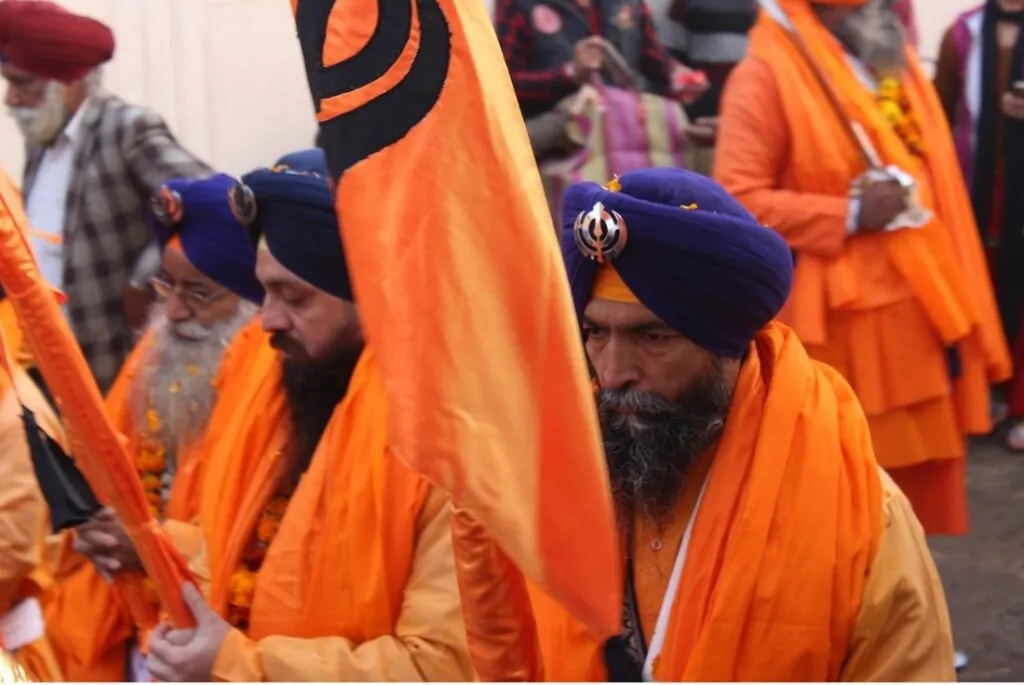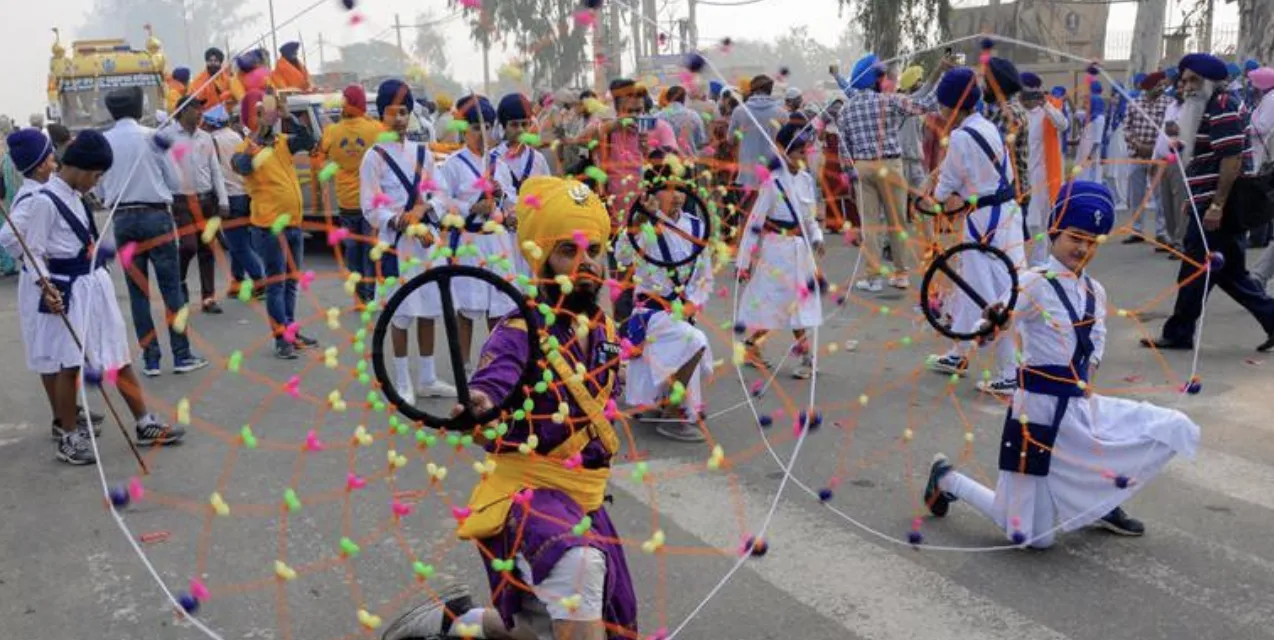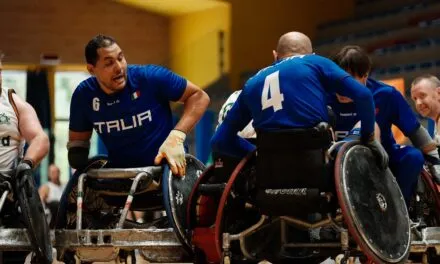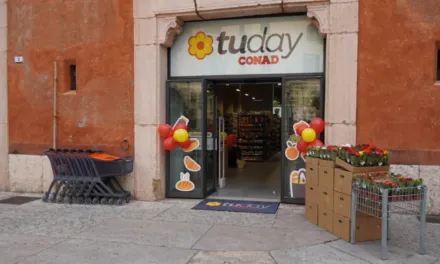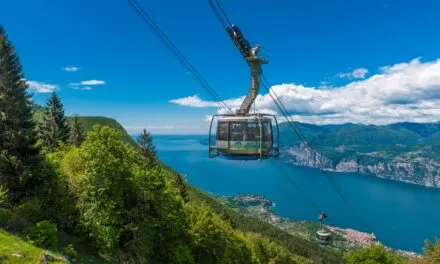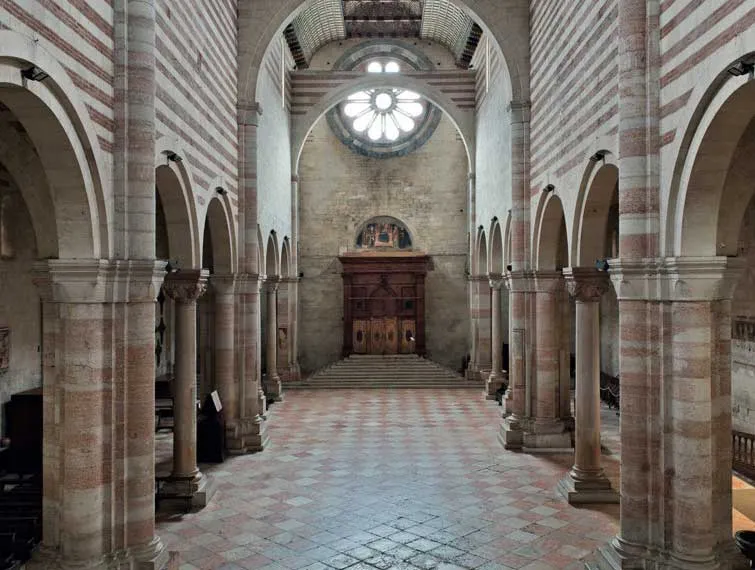(by Matilde Anghinoni) Italy is the second country in Europe, after England, with the largest Indian population. In Verona, the Guru Nanak Association owns a Gurdwara (place of worship) of the Mission Sewa Society in San Bonifacio (municipality 30 minutes by car from Verona). It is a large community of four thousand members under the spiritual guidance of Granthi Baljeet Singh, whose president is Mander Balwinder Singh.
During Vasakhi (the month of April), the Indian Sikh community pours into the streets of the cities to celebrate Kirtan (the intonation of Shabad, or sacred songs) in the Nagar (city or district) of the world: it is the celebration of Nagar Kirtan. In Verona, it was celebrated last weekend in San Bonifacio, where Sikhs make up the largest part of the non-Italian population. 3500 people, according to police reports, accompanied the solemn procession.
A brief history of the indian celebration. After the imprisonment of Guru Hargobind Sahib by Jahangir in the fortress of Gawalior, his followers, led by Baba Budha Ji, joined him and went to the fortress to express their closeness to the Guru. On their way, they started chanting kirtan and praying loudly. In fact, at that time the pacifist religion was threatened by the Muslim Mughal Empire.
A few years later, in 1699, the tenth and last Sikh leader, Gobin Singh, took a sword and asked who was willing to sacrifice their lives in the name of the faith. The five who replied were made knights with the title of Sigh (Lion) and began to be called Panj Pyare. From that moment on, the head of the community became the holy book.
Today, devout Sikhs relive those days by walking the streets of modern cities in a procession of colour, music, song and prayer. Guru Granth sahib ji, the holy book, enters the streets of the city in a float decorated with colourful curtains, festoons and flowers. Only older men, who are considered more worthy, can crown the holy book, while the men representing the Panj Pyare, the five devotees, precede the rest. Before the passage of the Panj Pyare and the protagonist of the procession, the Sikh holy book, the Sevadar (volunteers) clean the streets. The men representing the five devotees, dressed in colourful saffron clothes, display the typical symbols of the Khalsa, or the five K’s:
- Kesh, long hair, gathered in a turban that protects the head from impurities;
- Kangha, the wooden comb, symbol of neatly gathered hair;
- Katchera, the petticoat;
- Kara, the bracelet, symbol of God’s power;
- Kirpan, the sword, not a weapon but a symbol of the fight against injustice.
The faithful follow the cart walking barefoot, in a sign of great respect, and after the procession they stop to eat together, celebrate and dance. Young people perform in traditional cobalt blue robes in Gatka, the traditional martial art of self-defense.
